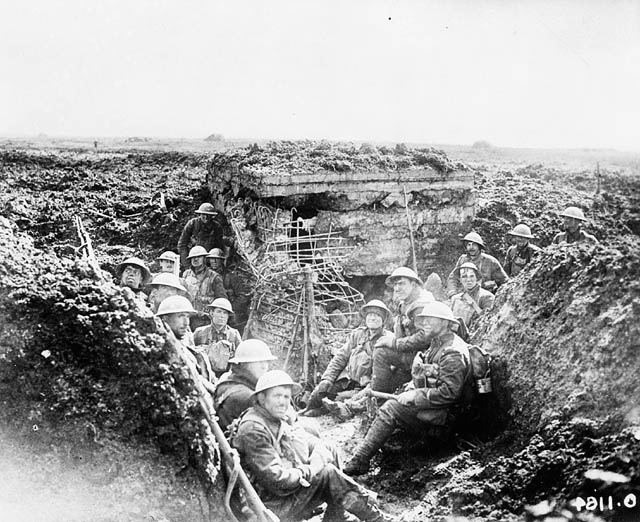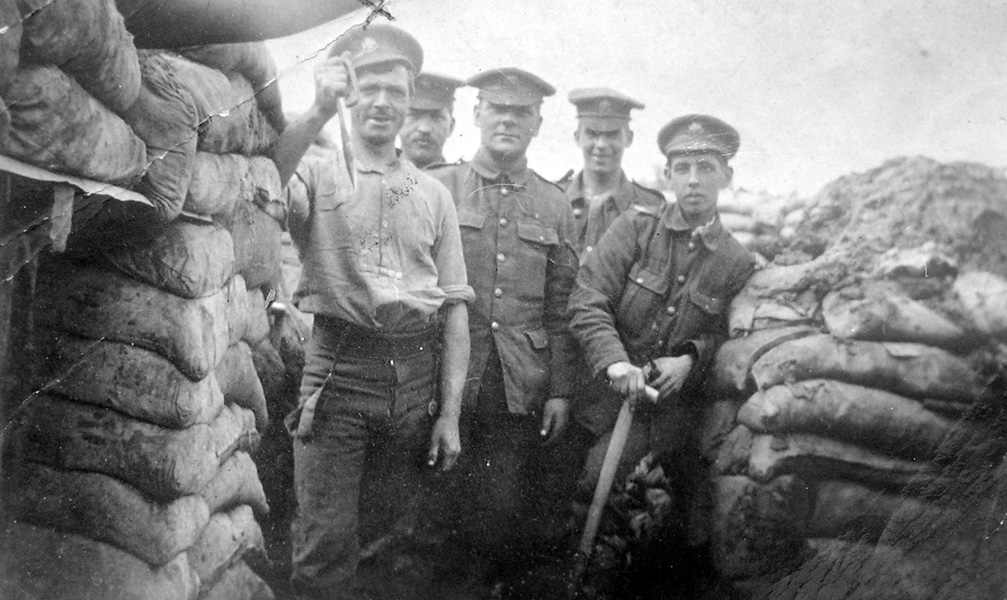SHORTAGE OF SHELLS; SMALL GAINS AT HEAVY COST
BRITISH FIRE ON OWN TROOPS
Special to The Great War Project
(12-14 May) This is a particularly dismal moment – a crisis really — for the British and their allies.
A century ago, on both the Western Front in France and the Turkish Front at Gallipoli, the British and their allies are facing significant losses.
The British, French, and their allies launch attacks at Vimy Ridge and Aubers Ridge in northern France. “Both failed,” writes war historian John Keegan, “with heavy loss of life for little or no gain of ground.”
The Vimy Ridge assault, according to historian Martin Gilbert, “was part of the first combined Anglo-French attempt to break through strongly fortified German trench lines.” The Allied forces advance a thousand yards, reaching the first German line. An artillery barrage fails to open a breach in the barbed wire defenses.
German machine-gunners open fire on the allied soldiers. Then the Germans pull back.
At that point the British and French forces are hit by their own artillery. Among the losses suffered that day is a regiment of the French Foreign Legion – nearly two-thousand dead.
At Aubers Ridge, the preliminary artillery barrage also proves ineffective, leaving the British and Indian forces exposed as easy targets. “After the first assault had failed to breach the German line,” reports Gilbert, “men who had been wounded in No-Man’s Land were killed by a forty-minute British artillery bombardment of the very shell holes in which they found shelter.”
The tragedy of this attack is heart-wrenching. British troops turn and begin running back to their own trenches, taking fire from German machine-gunners. The British soldiers have taken some German prisoners, and they are running toward their own trenches with the prisoners. “They were thought by the British to be an enemy counter-attack, and were fired on from the British trenches as well. Few could survive the crossfire,” reports Gilbert.
Nevertheless, British commanders order a new attack, with the same result.
The battle at Aubers Ridge lasts a single day. More than 11,000 soldiers and officers are killed. One of the British generals writes in diary, “Our attack has failed, and failed badly and with heavy casualties. That is the bald and most unpleasant fact.”
A significant contributing factor to the terrible results of these attacks is the failure of the British artillery bombardments –
a failure caused by a serious shortage of shells.
Reports Gilbert, “Of the six million shells that ought to have been delivered to the army by the beginning of May, only about a third had actually been supplied.”
The first reports of the shell shortage in France are reported in the Times of London on May 14th.
The Russians are facing similar problems on the Eastern Front. Writes historian Norman Stone: “The Russians did not have sufficient munitions.” This forces the Russians to fall back, giving up the hard-won gains they had made in the Carpathian Mountains earlier this year.
Similarly at the Gallipoli Peninsula in western Turkey, “Small gains were made at heavy cost,” writes Gilbert. On May 13th a century ago, “all plans for a renewed naval assault through the [Dardanelles] Narrows were abandoned: early that morning 570 British sailors had been drowned when the battleship Goliath was torpedoed by a Turkish torpedo boat commanded by a German naval officer.”
The shell shortage in France and Russia and the naval failure in Turkey combine to cast a cloud of doom over all of the British efforts at this moment to turn the tide of the war.


